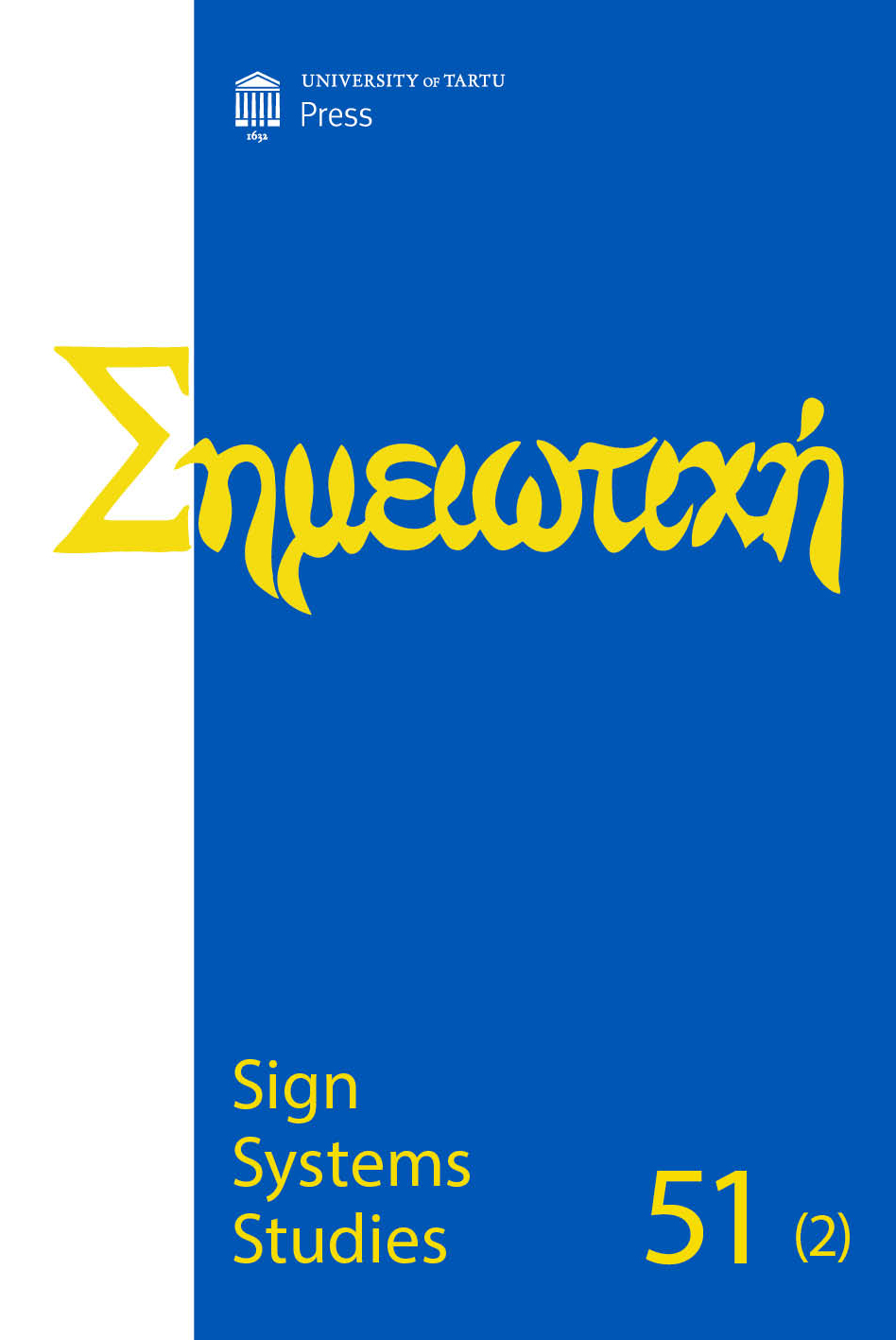Meaning-generating mechanisms and the semiosphere: Towards the semiotics of modern apocrypha
DOI:
https://doi.org/10.12697/SSS.2023.51.2.07Keywords:
apocrypha, canon, autocommunication, translation, cultural memoryAbstract
Both ancient and modern apocrypha have already been widely discussed in various fields of academic research, for example in religious, biblical or literary studies. Although such analyses say much about the historical and religious background of apocryphal writings and enable us to discover the depth of the symbolic resources used in such texts, they do not fully reveal the cultural impact of the canon. That is why a broader cultural analysis of both the canon and the apocrypha should be based on different methods of research, such as those that are offered by cultural semiotics. From the standpoint of Lotmanian semiotics modern apocrypha may be viewed as examples of the working of culture. They can be regarded as e.g. creative translation of the canon, tools of cultural autocommunication, memory devices, and meaning-generating mechanisms which dynamize the semiosphere. Semiotic analysis underlines the cultural impact of the canon not only as a set of sacred writings but also as a kind of a “cultural code”. The canon as a paradigmatic cultural text (in Aleida Assmann’s sense) is a powerful meaning-generating mechanism in which a huge number of texts intertextually relate to one another. In such relations hypertexts point out the symbolic (often archaic) nucleus of culture (thus they illustrate the statics of the semiosphere), at the same time describing and/or provoking some cultural changes (due to which they correspond with the dynamic nature of the semiosphere).
Downloads
Downloads
Published
How to Cite
Issue
Section
License
Copyright (c) 2023 Małgorzata Jankowska

This work is licensed under a Creative Commons Attribution-NonCommercial-NoDerivatives 4.0 International License.


